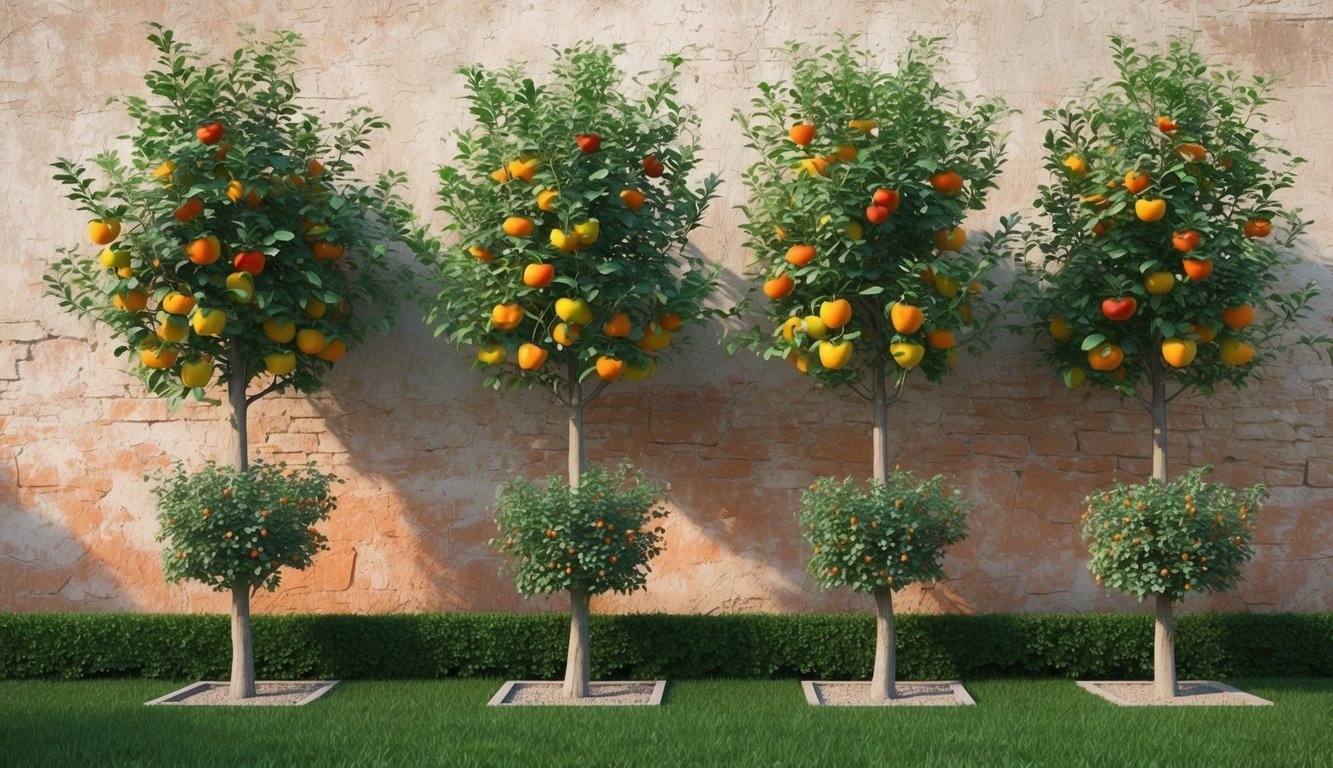
A Comprehensive Guide to Espalier Fruit Trees for Maximum Yields in Tight Spaces: Expert Insights
The ancient art of espalier continues to flourish in today’s gardens—here’s why it’s so appealing.
If you’re looking for unique ways to grow citrus and other fruit trees in restricted areas, you may have stumbled upon the term “espalier.” This timeless technique empowers both novice and experienced gardeners to cultivate select fruit trees through specialized pruning and training.
The result? An elegant balance of beauty and function, allowing larger trees to thrive in limited spaces.
What Is Espalier?
Espalier is more than just a way to grow fruit trees—it’s a blend of practicality and creativity.
Eric North, the urban forestry program manager at the Arbor Day Foundation, explains that this method involves meticulous pruning and manipulation to train trees to grow flat against walls or fences.
By gradually bending branches, gardeners can encourage trees to take on a new shape, which they will retain as they mature.
While the term “espalier” has French roots, its heritage likely goes back to ancient Roman horticulture.
During the Middle Ages, it gained popularity throughout Europe as both an ornamental technique and a clever way to optimize space in small courtyards.
Why Choose Espalier?
Engaging in the art of espalier offers a host of benefits, particularly the creation of fruit structures that are easily accessible.
As North points out, this method allows trees to nestle seamlessly against fences or walls.
But its advantages don’t stop there; espalier transforms living trees into striking pieces of art, featuring impressive branch arrangements or traditional ladder-like formations.
That said, it’s important to understand that this is a long-term commitment.
Establishing a strong structure can take several years, and regular annual pruning is necessary, although the workload decreases over time.
Best Fruit Trees for Espalier
While many types of trees can be trained in this manner, fruit trees shine particularly well in espalier.
North notes that varieties like plums, apples, pears, and mulberries adapt successfully.
Danny Trejo, founder of Via Citrus, adds that citrus trees do exceptionally well with this technique.
Meyer lemon trees, in particular, are sought after for their vigorous growth and aromatic fruit.
If space is a concern, Satsuma mandarins are compact and resilient options worth considering.
Even with its rich history, mistakes in espalier can happen.
Trejo cautions against excessive pruning, especially for young citrus trees; he recommends limiting pruning to a maximum of 30 percent of new growth at any one time and steering clear of major cuts during winter to avoid cold stress.
Use soft, flexible ties for securing branches to minimize potential bark damage, and ensure your support system is sturdy enough to accommodate your tree’s growth.
Lastly, make sure your trees receive adequate sunlight; locations that offer six to eight hours of direct sunlight daily are ideal for optimal fruit production.
North encourages patience throughout your espalier journey, as even missteps can yield unexpectedly beautiful tree forms.
Source: Marthastewart

